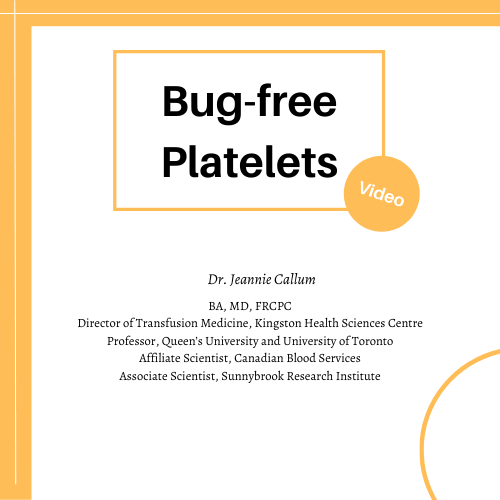Approchons-nous de la fin du cryoprécipité en Ontario?
Andrew Duyvestyn, analyste des technologies de l’information
Réseau régional ontarien de coordination du sang
La cybersécurité dans le système de soins de santé devient de plus en plus importante; la récente cyberattaque qui a eu lieu dans le système de soins de santé de Terre-Neuve-et-Labrador étant considérée comme la pire de l’histoire du Canada[1]. Les réseaux en Ontario comme ceux de l’hôpital Humber River[2], Listowel et Wingham[3] ont tous aussi récemment été victimes d’attaques. La cyberattaque à T.-N.-L. à elle seule a entraîné des annulations de milliers d’interventions médicales [4]. Alors que l’exploitation des vulnérabilités était la principale cause de cyberattaques en 2021 à 47%, l’hameçonnage était la deuxième cause la plus élevée à 40%, selon l’indice IBM X-Force Threat Intelligence Index 2022 [5].
La première étape d’une campagne de ransomware efficace commence par l’accès initial, qui est souvent effectué à l’aide d’une campagne d’hameçonnage dans le but de collecter des informations de connexion [5]. Selon Tessa Anaya de GetApp, 55 % des Canadiens réutilisent le même mot de passe à travers leurs comptes [6]. Cela signifie que si un compte est accédé, tous les comptes le sont. Les employés ayant accès aux réseaux, aux systèmes et aux applications hospitaliers sont des cibles parfaites pour les campagnes d’hameçonnage et constituent l’une des lignes de défense la plus importante pour assurer la sécurité des réseaux hospitaliers.
Que puis-je faire pour aider à protéger mon réseau hospitalier?
- Be vigilant against phishing attacks.
According to the Canadian Centre for Cyber Security [7], something may be “phishy” in an electronic communication if:- You don’t recognize the sender’s name, email address, or phone number (e.g. very common for spear phishing)
- You notice a lot of spelling and grammar errors
- The sender requests your personal or confidential information
- The sender makes an urgent request with a deadline
- The offer sounds too good to be true
- Use of a password manager.
What is a password manager? A password manager is an application that stores all your passwords; it encrypts your login information and stores it securely on a server. That means if hackers gain access to the password manager’s system, the data the hackers access is unusable – they still won’t be able to access your accounts.
Je me souviens de mon mot de passe, pourquoi devrais-je utiliser un gestionnaire de mots de passe?
Les gestionnaires de mots de passe vous permettent d’emmagasiner des mots de passe complexes sans avoir à vous en souvenir. Selon Hive Systems, un mot de passe de 18 caractères qui est composé de nombres aléatoires, de lettres en majuscules et en minuscules et de symboles prendra jusqu’à 438 trillions d’années pour qu’un pirate informatique le déchiffre en utilisant la puissance de calcul actuellement disponible, à l’opposé de moins de quatre minutes pour un mot de passe de 10 caractères composé uniquement de lettres minuscules. Il est également important de noter que si le mot de passe que vous utilisez a déjà été déchiffré, les pirates pourront accéder à votre compte immédiatement [8].
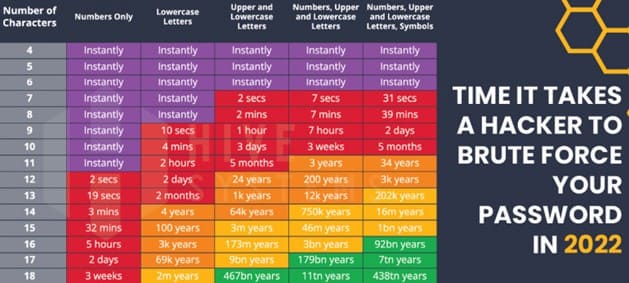
Si votre lieu de travail n’utilise pas encore de gestionnaire de mots de passe, nous vous suggérons de contacter votre équipe d’informatique pour demander l’accès à un. 1Password, par exemple, est un gestionnaire de mots de passe basé à Toronto qui est conforme à la HIPAA et qui est le gestionnaire de mots de passe de choix au Réseau régional ontarien de coordination du sang.
Si vous vous souvenez de votre mot de passe, vous devez le changer! Créez-le et oubliez-le avec un gestionnaire de mots de passe et protégez votre réseau hospitalier.
Références:
[1] N.L. health-care cyberattack is worst in Canadian history, says cybersecurity expert (2021, November 04). CBC News. https://www.cbc.ca/news/canada/newfoundland-labrador/nl-cyber-attack-worst-canada-1.6236210 https://www.cbc.ca/news/canada/newfoundland-labrador/nl-cyber-attack-worst-canada-1.6236210
[2] Toronto hospital working to restore systems after being struck by cyber attack (2021, June 15). CTV News Toronto. https://toronto.ctvnews.ca/toronto-hospital-working-to-restore-systems-after-being-struck-by-cyber-attack-1.5471742 https://toronto.ctvnews.ca/toronto-hospital-working-to-restore-systems-after-being-struck-by-cyber-attack-1.5471742
[3] Hospitals in Listowel and Wingham regain access to computer systems after ransomware attack (2019, October 28). CBC News. https://www.cbc.ca/news/canada/kitchener-waterloo/listowel-wingham-hospital-cyberattack-systems-back-online-1.5337910 https://www.cbc.ca/news/canada/kitchener-waterloo/listowel-wingham-hospital-cyberattack-systems-back-online-1.5337910
[4] Le système de santé de Terre-Neuve-et-Labrador victime d’une présumée cyberattque (2021, 02 novembre). Radio-Canada. https://ici.radio-canada.ca/nouvelle/1836423/cyberattaque-sante-systeme-terre-neuve-labrador?depuisRecherche=true https://www.cbc.ca/news/canada/newfoundland-labrador/health-care-disruptions-day-5-1.6235229
[5] Singleton, C. et coll. (2022, février). X-Force Threat Intelligence Index 2022. Sécurité IBM. https://www.ibm.com/security/data-breach/threat-intelligence/ https://www.ibm.com/security/data-breach/threat-intelligence/
[6] Anaya, T. (30 juin 2021). User authentication: 55% of Canadians reuse passwords across accounts. GetApp. https://www.getapp.ca/blog/2062/user-authentication-reuse-passwords https://www.getapp.ca/blog/2062/user-authentication-reuse-passwords
[7] Centre canadien pour la cybersécurité. (2020, avril). Ne mordez pas à l’hameçon : Reconnaître et prévenir les attaques par hameçonnage. Gouvernement du Canada. https://cyber.gc.ca/fr/orientation/ne-mordez-pas-lhamecon-reconnaitre-et-prevenir-les-attaques-par-hameconnage https://cyber.gc.ca/en/guidance/dont-take-bait-recognize-and-avoid-phishing-attacks
[8] Neskey, C. (2022, mars 02). Are Your Passwords in the Green?. Hive Systems. https://www.hivesystems.io/blog/are-your-passwords-in-the-green
Celebrating National Nursing Week
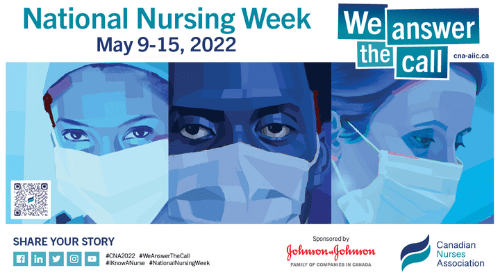
ORBCoN celebrates National Nursing Week, many thanks to every nurse for your compassion and dedication
See you at CSTM 2022
Hope to see you at the 2022 CSTM Conference and be sure to visit ORBCoN at our booth #114 !
Friendly members of our team will be available at the booth to network and answer any transfusion medicine questions you may have.
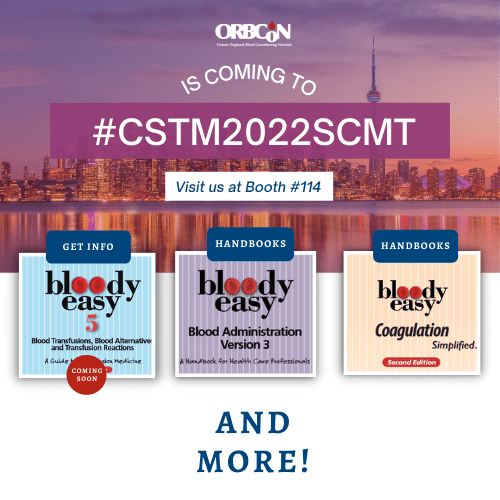
Register: CSTM 2022 Annual Conference
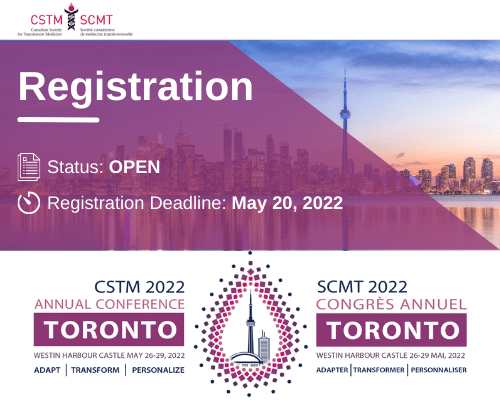
Featured Resource: Bug-free Platelets video
